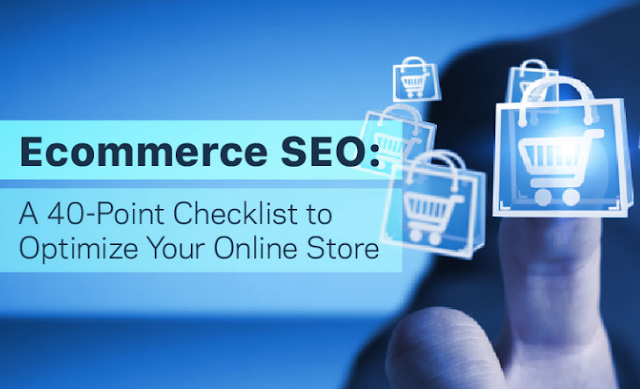With a well-structured ecommerce SEO plan, you can successfully
optimize your online store to increase website traffic, attract more
shoppers, and generate more sales.
To help you learn how to optimize ecommerce websites and reap these benefits, we created this step-by-step guide and ecommerce SEO checklist.
The guide and checklist offer step-by-step directions to:
A successful ecommerce SEO strategy starts by laying a strong foundation that will support all of your other SEO efforts.
How to Create a Buyer Persona: Use this buyer persona template to create a comprehensive profile of your ideal customer.
Original Published: https://blog.alexa.com
To help you learn how to optimize ecommerce websites and reap these benefits, we created this step-by-step guide and ecommerce SEO checklist.
The guide and checklist offer step-by-step directions to:
- Lay the foundation for strong eCommerce SEO
- Get to know your industry and audience
- Conduct keyword research
- Optimize each page of your on-site content
- Build authority for your site and brand
- Check your site for SEO problems and errors
 |
| SEO For eCommerce |
Lay the Foundation for Strong Ecommerce SEO
A successful ecommerce SEO strategy starts by laying a strong foundation that will support all of your other SEO efforts. When you launch your store or work to improve your current online shop, go through the following steps to improve technical SEO and make your website more appealing to search engines.A successful ecommerce SEO strategy starts by laying a strong foundation that will support all of your other SEO efforts.
- Use a mobile-friendly, responsive website design. With more and more online traffic coming from mobile and tablet devices, it’s imperative to use a mobile-friendly, responsive design for your website. It provides a better experience for users, and it also helps your website rank higher in search.
- Install an SSL certificate. On an ecommerce site, users may enter sensitive information such as their contact and payment details. It’s essential that you have an SSL certificate on your site to add an extra layer of security. An SSL certificate is also a ranking factor in Google’s algorithm, making it an important detail for both user security and helping your site show up in search results.
- Check your site loading speed. Users are quick to leave a website if it takes too long to load. Search engines are also more likely to give better rankings to a website that loads quickly, so ensure that your site is set up and optimized to load quickly.
- Install Google Analytics. Understanding how users engage with your site will help you create more strategic plans for improvements related to site design, keyword use, content, and site structure. Install Google Analytics so you can start collecting data and getting insights right away.
- Create a Google Webmaster account. A Google Webmaster account will give you access to tools that help you learn about your site as well as manage things such as crawler access, sitemaps, and URL preferences. Create a Google Webmaster account as soon as you set up your site so you can configure these settings.
- Create a sitemap and submit it to Google and Bing. A sitemap is an outline of your website. Its primary purpose is to help search engines review and understand the content on your site. Create a sitemap and submit it to Bing and Google so the search engines can view and begin to rank your site.
Get to Know Your Industry and Target Audience
To create a strong ecommerce SEO strategy, you need to know about your industry and your target audience. Understanding your industry and target audience allows you to conduct better research and identify the best marketing opportunities.- Create a buyer persona. Begin to get to know your audience by creating a buyer persona that dives deep into the demographic and psychographic details of your ideal audience. Knowing these details will help you identify the keywords most likely to attract your target buyers.
How to Create a Buyer Persona: Use this buyer persona template to create a comprehensive profile of your ideal customer.
- Outline the buyer’s journey. Once you create a detailed description of your ideal buyer, outline the path they take on their way to buy from your ecommerce shop. When you understand what your ideal buyer is going through during the awareness, consideration, and decision phases, you’ll be able to identify the keywords they use at each step of the journey. You’ll also have a clear understanding of their questions, aspirations, and needs.
- Create a list of competitors. Assessing your competitive landscape helps you get insights to create a better ecommerce SEO When you know your competitors, you can perform better keyword research. You can see how competitors attract audiences and discover where you can compete, where you can’t, and where there are opportunities to outperform others in your industry.
Original Published: https://blog.alexa.com




No comments:
Post a Comment